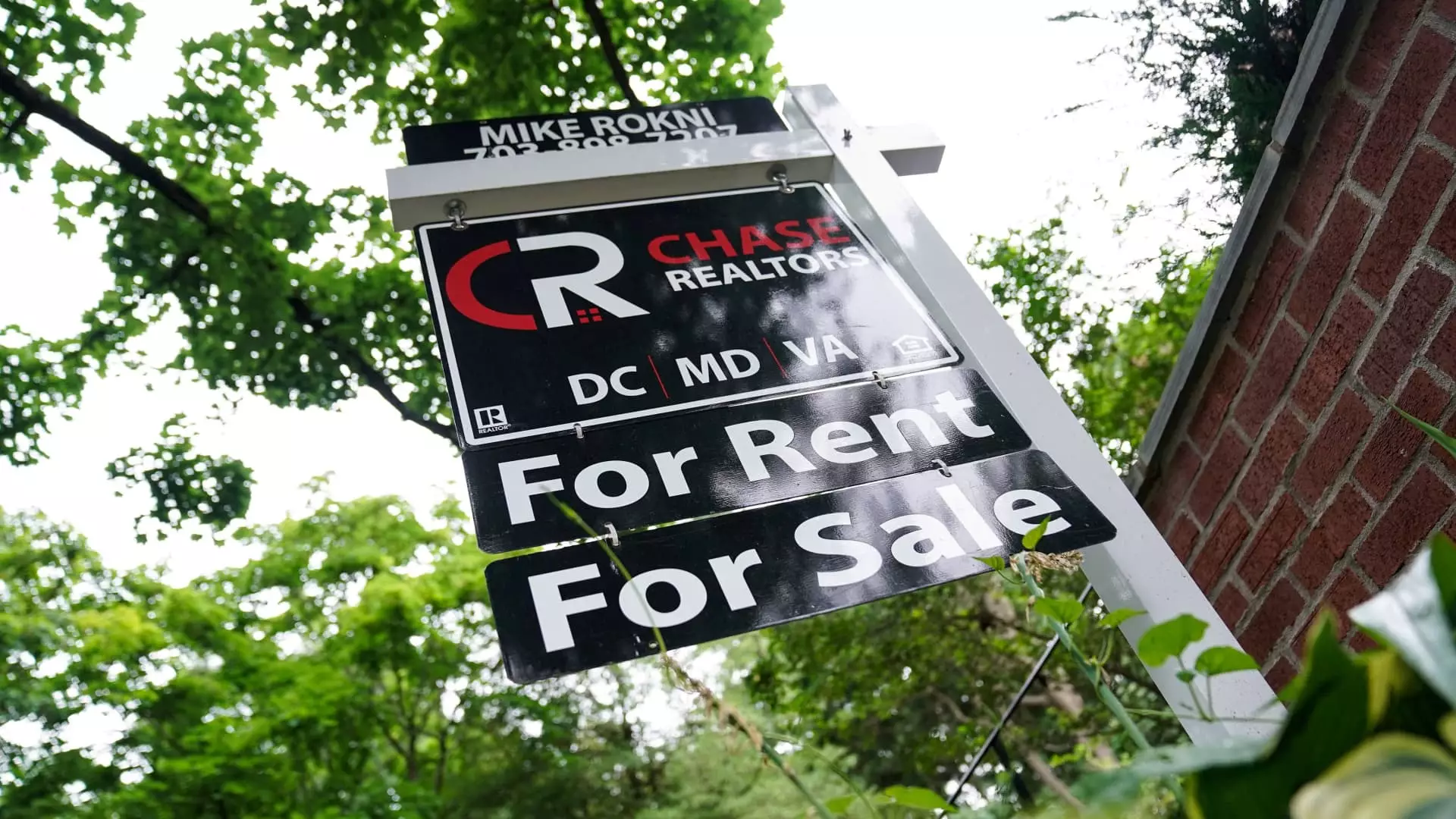The U.S. housing market has encountered a notable slowdown, with sales of previously owned homes decreasing by 1% in September when measured against the previous month. This decline translates to an annualized rate of 3.84 million units, marking the lowest activity level since October 2010, according to data from the National Association of Realtors. Furthermore, this figure reflects a 3.5% drop compared to September 2022, highlighting a continuing downward trend in this sector.
When dissecting the data regionally, three out of four areas of the United States reported declines in home sales. Only the Western region bucked the trend, indicating a diverse set of market conditions across the country. The figures highlight the variability in economic health and real estate demand influenced by factors such as local job markets, demographics, and lifestyle preferences.
The fluctuation in mortgage rates significantly affects the housing market dynamics. Starting July with rates at around 7% for a 30-year fixed mortgage, rates gradually fell to just below 6.5% by the end of August. Interestingly, current rates are over a percentage point lower than they were a year earlier. The relative decrease in borrowing costs typically promotes greater homebuying activity, yet the market remains notably stagnant. Lawrence Yun, the chief economist for the National Association of Realtors, suggests that despite this stagnation, the groundwork for potentially heightened sales activity in the future is being laid, signaling mixed sentiments among buyers and sellers.
On a more optimistic note, inventory levels saw a slight increase, rising by 1.5% month-over-month, culminating in 1.39 million homes available at the close of September. This amount equates to a 4.3-month supply based on the current sales pace. Notably, this inventory is 23% greater than that of September 2022, contributing positively to the market dynamics as it offers potential buyers more options. However, Yun indicates a lack of distressed properties in the market, attributed to the low mortgage delinquency rates—only 2% of total sales in September were classified as distressed transactions.
The persistent low inventory is keeping home prices resilient, increasing the median sale price of existing homes to $404,500—representing a 3% rise in comparison to the prior year. This marks the 15th consecutive month of annual price growth. Cash buyers, who composed 30% of September sales—a notable rise from pre-COVID levels when they accounted for about 20%—are shaping the competitive landscape. Meanwhile, investors appear to be scaling back slightly, contributing only 16% of sales in September compared to 19% in August.
The current landscape of the U.S. housing market reveals a complex interplay of declining sales, fluctuating mortgage rates, and evolving inventory dynamics. Homebuyers are experiencing a shifting environment where both opportunities and challenges coexist. As housing trends continue to evolve, understanding these factors will be crucial for potential buyers and industry stakeholders alike. Whether this market will recover or adapt to these conditions remains to be seen, but the constant evolution underscores the need for diligence and adaptability in real estate decision-making.

